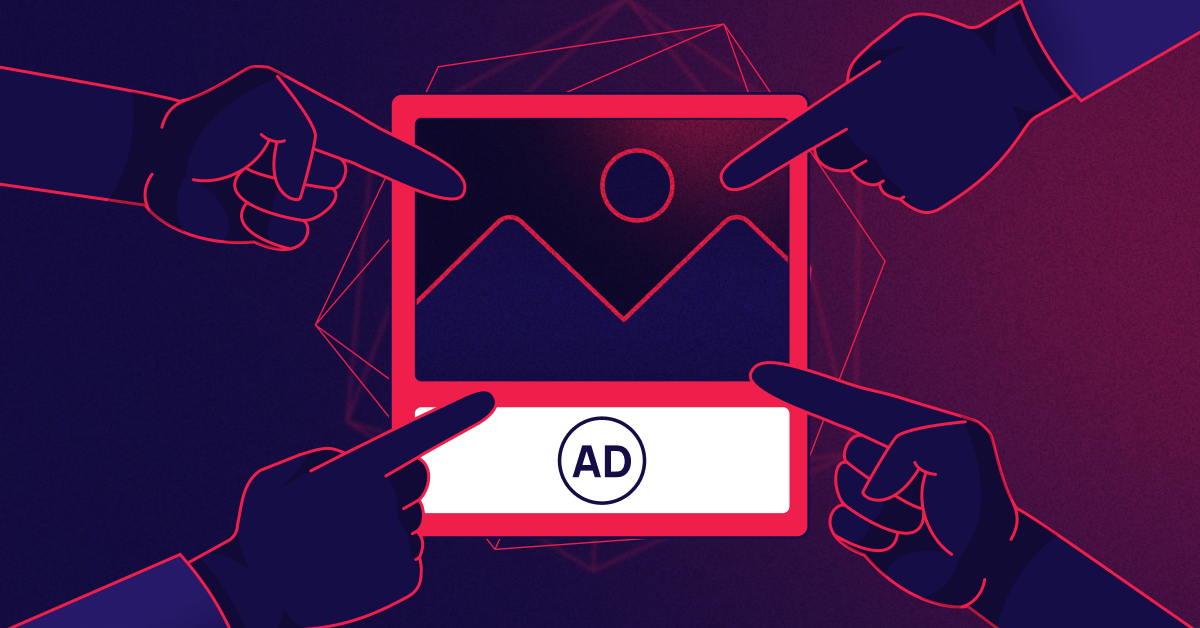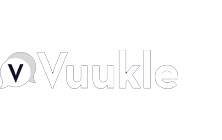
Louis-David Mangin, CEO and Cofounder • 3 minute read
When Good Ads Go Bad: The Hidden Crisis in Digital Advertising

A respected Fortune 500 company invests millions in what it believes are premium digital advertisements, only to discover that its brand is now associated with intrusive pop-ups that hijack news websites and infuriate consumers. The company followed every best practice, hired reputable agencies, and bought placements on trusted sites. Yet somehow, their carefully crafted message became digital spam.
This scenario plays out every day across the Internet, revealing a fundamental truth about our digital advertising ecosystem.
It's a System Designed for Plausible Deniability
Today's digital advertising supply chain is like a shell game. Between the moment a brand decides to advertise and when that ad appears on the customer's screen, the message passes through a bewildering maze of intermediaries. Even the most direct route to consumers involves agencies, demand-side platforms, supply-side platforms, ad exchanges, and publishers. That's five layers, each taking their cut while passing responsibility to those down the line. When something goes wrong, when ads expand uncontrollably, freeze browsers, or appear next to inappropriate content, finger pointing starts.
Publishers blame supply-side platforms. Platforms blame demand-side platforms. Agencies blame technology vendors. And brands are left holding the bag, their reputations damaged by experiences they never authorized and often never even knew about. The confusion isn't an accident. The system intentionally lacks transparency as a feature
The Accountability Black Hole
At the heart of this dysfunction lies what industry insiders euphemistically call the "accountability challenge" In plain English: Nobody wants to admit they know where the bad ads are coming from, because that knowledge would require everyone to do something about it.
Consider expandable display ads, those advertisements designed to grow larger when users interact with them. When they work properly, they can be effective marketing tools. When they malfunction, they become digital vandalism, expanding across entire web pages and refusing to close. A publisher can waste weeks trying to track down the source of a malfunctioning expandable ad. This investigation will cross multiple platforms, each claiming the problem came from somewhere else. The breakdown represents a business model, not a technical limitation. The more intermediaries involved in ad delivery, the more opportunities for profit extraction and responsibility diffusion.
The Real Cost of "Cheap" Advertising
The digital advertising industry loves to tout its efficiency and cost-effectiveness compared to traditional media. But this supposed efficiency comes at a hidden cost: the systematic erosion of brand trust and user experience. Recent research suggests that intrusive advertising experiences damage brand perception far more than companies realize. When your ad hijacks someone's browser or blocks the content they're trying to read, you're not just wasting your advertising budget. You're actively training consumers to dislike your brand.
Meanwhile, publishers, even reputable news organizations, find themselves caught in an impossible bind. Reject too many ads and revenue suffers. Accept too many problematic ads and readers flee. The current system forces them to choose between short-term financial survival and long-term audience trust.
The industry's preferred solution to these problems is always more technology: better algorithms, smarter targeting, advanced verification tools. But technology isn't the root cause of this crisis. Incentives are. No amount of technological sophistication can fix a system where accountability is deliberately obscured and user experience is consistently sacrificed for short-term profits.
What Does Real Reform Look Like?
Fixing this system requires confronting some uncomfortable truths and committing to meaningful change.
Brands must stop treating digital advertising as a low-cost commodity. Quality engagement costs money. The current race to the bottom serves no one, not even the quality intermediaries collecting fees at every step of the chain.
We need a new standard of transparency. Every ad should be accompanied by a verifiable, tamper-proof trail that makes its path from brand to screen accountable without compromising user privacy or competitive positioning. When issues arise, we should be able to trace how and where things broke down, and take clear, enforceable action.
Accountability must evolve. The advertising ecosystem of publishers, platforms, intermediaries, and agencies needs to share responsibility for the experiences users are exposed to. That doesn't mean scapegoating one link in the chain, but recognizing that meaningful reform requires everyone to act with integrity and intention. The rules that once made sense for a fledgling Internet can't be used to excuse negligence in today's complex system.
And, we need shared metrics that build beyond impressions and clicks. Imagine performance metrics that include how ads are experienced, because campaigns that frustrate or mislead users may win the short-term bid, but erode long-term trust and brand value.
The Choice Ahead
The digital advertising industry stands at a crossroads. It can continue down the current path of increased complexity, diffused responsibility, and declining user trust. Or it can choose to rebuild itself around principles of transparency, accountability, and respect for user experience.
The stakes couldn't be higher. Consumer trust in digital advertising is already at historic lows. Major brands continue to question whether the current system serves their interests at all. And generative AI is permanently reshaping user experience and ads, changing how people engage with the internet. Now is the time to get it right more than before. The question isn't whether change is coming. It's whether our industry will lead that change or have it imposed from outside. Let's choose wisely.



